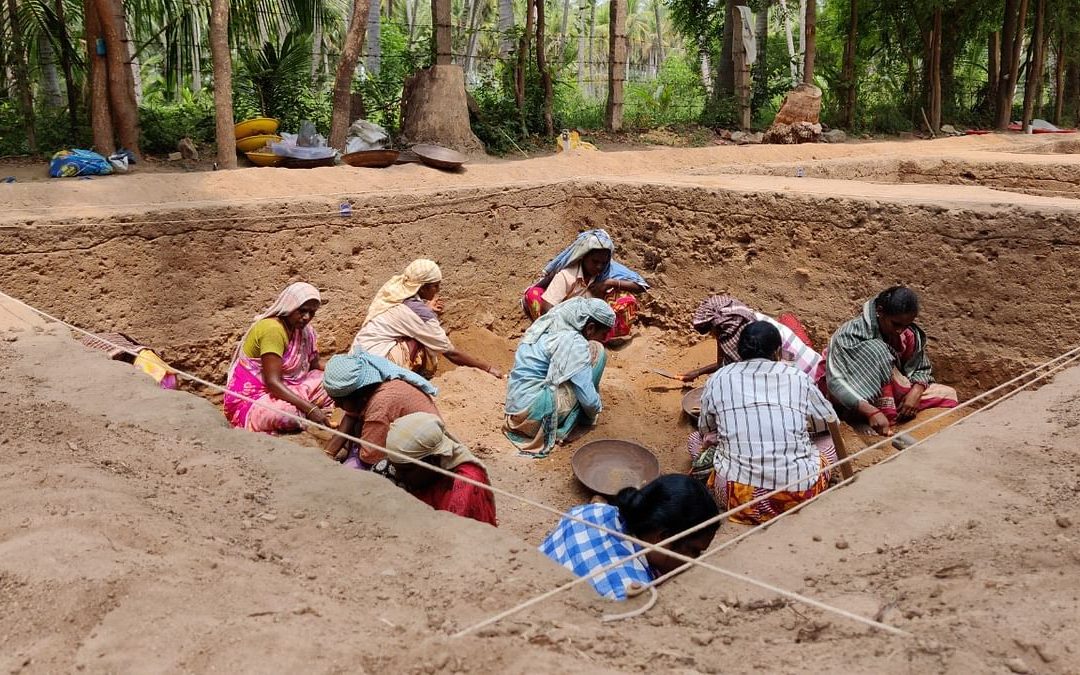CHENNAI: A recent study by the Tamil Nadu Archaeology Department has found striking similarities between ancient graffiti marks from 140 archaeological sites in Tamil Nadu, including Keeladi, and symbols from the Indus Valley Civilisation, which thrived between 3300 BCE and 1300 BCE.
Researchers analyzed 15,184 graffiti marks inscribed on potsherds unearthed at these sites. Some signs were found to have exact parallels, while others showed close resemblances. “The similarities in shapes and their variants between southern India and the Indus script suggest a deliberate connection rather than coincidence,” said archaeologist K. Rajan, a co-author of the report. He added that the Indus script or symbols likely evolved over time instead of disappearing entirely.
The study identified several common symbols, such as upward-facing arrows with triangular or flower-like heads, fish signs (both stylized and exact), U-shaped signs, plain circles, ladder symbols, square boxes (both plain and divided), X-shaped signs, and clockwise and anti-clockwise swastika-like symbols. Additional shared marks included floral motifs, inverted Y-shaped signs, Z-like patterns, A-like symbols, and star-shaped designs.
Radiocarbon dating suggests that while the Indus Valley Civilisation was in the Copper Age, southern India was experiencing the Iron Age. “This contemporaneity implies potential cultural exchanges, either directly or through intermediary regions,” Rajan explained.
Excavations at sites such as Sivagalai and Adichanallur in the Tamiraparani river basin have provided iron-dating evidence that could significantly push back the timeline of the Iron Age in southern India. Rajan emphasized the importance of documenting the graffiti-inscribed potsherds to make them available for further analysis and decipherment by researchers.
Joint Director of Archaeology, R. Sivanantham, another co-author of the report, noted the significance of carnelian and agate beads, along with high-tin bronze objects found in Iron Age graves in Tamil Nadu. “These materials point to trade or contact with northern regions, as carnelian, agate, copper, and tin would have been sourced from the north,” he said.
This discovery offers new insights into cultural and trade connections between ancient southern India and the Indus Valley Civilisation, highlighting a shared heritage and possible interactions during a pivotal period in history.





